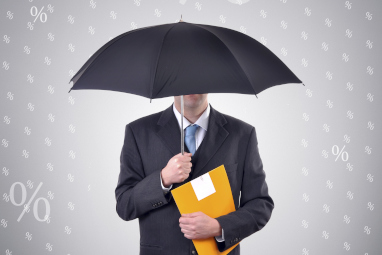Tax trap surfaces in death benefit rollovers
SMSF members looking to roll over a death benefit pension may wish to hold off or risk incurring significant unexpected tax liabilities.
From 1 July 2017, the government amended the rollover rules to allow certain eligible beneficiaries, such as a deceased member’s spouse, to rollover a death benefit to another fund without any loss of concessional tax treatment.
As Colonial First State executive manager Craig Day explained, the definition of a rollover super benefit previously excluded death benefits, meaning a beneficiary of a deceased member could not roll over a death benefit to another fund, such as to allow the death benefit to be paid as a pension.
“If they did attempt to transfer a death benefit to a different fund under the old rules, it was treated as a cash out and re-contribution, which may have triggered a range of problems,” Mr Day told SMSF Adviser.
“Imagine you’ve got a couple who have an SMSF, and one of them dies. The surviving spouse may initially pay the death benefit as an income stream from their fund, but then later decide they want to wind up the SMSF and transfer their death benefit income stream to a large fund for simplicity. Under the new rules, that spouse could now commute and rollover their death benefit income stream to a different fund at any time,” he added.
The government’s changes were largely welcomed last year. However, Mr Day said there is a potential trap in the new rules, which could trigger significant unexpected tax liabilities where the rollover includes any life insurance proceeds.
“This problem is that rolling over a death benefit technically involves paying a death benefit superannuation lump sum to the beneficiary under the Tax Act,” Mr Day said.
“While this wouldn’t normally cause an issue, if there are any insurance proceeds included in the rollover for which the fund has ever claimed the premiums as a deduction, things can really start to get nasty.
“In this situation, there is a provision in the Tax Act that requires a fund paying a death benefit lump sum, which now includes a rollover, to calculate an amount of untaxed element to include in the payment which will then be included in the receiving fund’s assessable income and taxed at rates of up to 15 per cent.
“The amount of untaxed element created on the rollover of a death benefit will depend on the size of the rollover, including any insurance proceeds, and the age of the original member when they died.
“Generally, the younger the member was when they died, the more untaxed element gets created. So this really could be quite disastrous for the surviving spouse of someone who died in their 40s with a large amount of life insurance held in super.
“Advisers and their clients thinking of rolling over a death benefit under the new rules really need to take care and avoid rollovers if it will trigger untaxed element.”
It appears this situation is not in keeping with the spirit of the legislation, and is likely not occurring by design.
“The moral of that story is that if you are in that situation, wanting to use those rules, you may want to hold off. We are hoping at the moment that it is an unintended consequence of the legislation that will be resolved,” Mr Day said.
“I would hope that if it’s fixed, it will be backdated to July 2017, and that would resolve all of those particular situations. If not, we would have to work with the ATO to figure out a solution,” Mr Day said.
This issue has been brought to the attention of the ATO, and Mr Day believes a legislative response will be necessary to correct it. He also believes the issue is not well known or understood at this stage.








